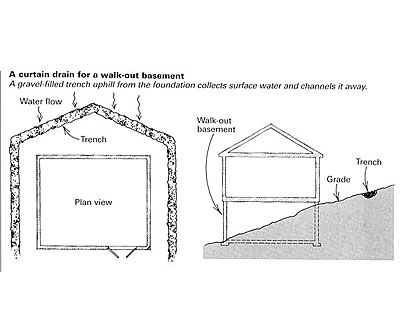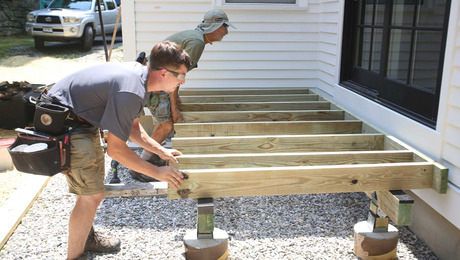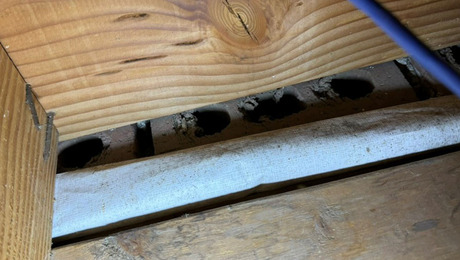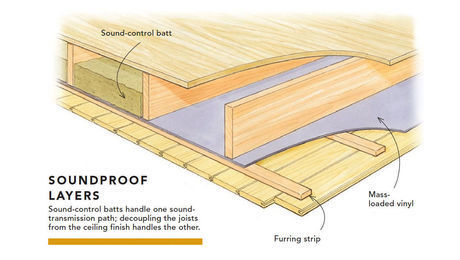Q:
I am planning to finish part of a new walkout basement. Our soil is very sandy, and the foundation was coated with tar and then covered with a layer of Styrofoam insulation. During the very hot and humid July of this year, I noticed some darkening of the basement walls from moisture, and the wall felt damp. What inside-basement-wall treatment should I use before the framing and wallboard, and what is the best way to insulate the wall against moisture and against the chill from the cement?
Brent Harold, Wellfleet, MA
A:
Joseph T. Ponessa, a specialist in housing and engineering at Rutgers Cooperative Extension in New Brunswick, New Jersey, replies: I first checked my map to see if Wellfleet is near the water and learned that you are virtually surrounded by it. There are two likely sources for your foundation moisture: seepage or vapor diffusion from wetness outside the foundation; or condensation as warm, moist air contacts the cool cement wall.
In Sleuthing for basement moisture, I described a test for determining moisture sources, which will also work here. On a hot, humid summer day, tape a couple of 1-ft. square sheets of poly or foil in different areas on the basement wall and check them after a day or so. Moisture beneath the poly indicates diffusion from soil, while droplets on top of the poly indicate condensation from warm, moist air. If the test indicates that moisture is coming from soil, first make sure that all rainwater is diverted away from the building. Gutters and downspouts should be working properly, and the perimeter of the foundation should also be graded to allow surface water to flow away from the foundation during a rainfall, although I doubt you’ll see any surface water with your sandy soil. On a sloped site, which is typical with a walk-out basement, rainwater flowing downhill and impinging on the foundation can add to basement-moisture problems. If this situation is the case, an intercept or curtain drain can deflect water from the foundation. In sandy, well-drained soil, however, this solution may not be needed. Your local office of the Natural Resources Conservation Service (formerly the Soil Conservation Service) can provide the best advice for local conditions.
If surface water can be ruled out as a source of the moisture problems, then groundwater is probably the culprit. The remedy for this condition is excavation and the installation of a perimeter drainage system, which is a fairly expensive undertaking.
On the other hand, if the test indicates that moisture from warm, humid air is condensing on the cool surface of the concrete, the cure is somewhat easier. The wall can be insulated so that its surface temperature is above the dewpoint of summertime air. An insulation system called Styrofoam WALLMATE (Dow Chemical Co., P. O. Box 1206, Midland, Mich. 48641-1206; 800-441-4369) is designed to be installed on the inside of the masonry wall without a stud frame. WALLMATE is available in 2-ft. by 8-ft. panels, 1-1/2 in. or 2 in. thick. Along both long edges, each panel has a rabbet that will accept a 1×3 nailing strip. The nailing strip laps the edges of two sheets and can be fastened to the concrete with masonry fasteners. Drywall can then be fastened to the nailers in the conventional manner, which is required for fire protection by most building codes. If summertime condensation is still a problem after the walls have been insulated, you may have to run a dehumidifier in the basement during the most muggy weather.


























